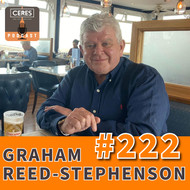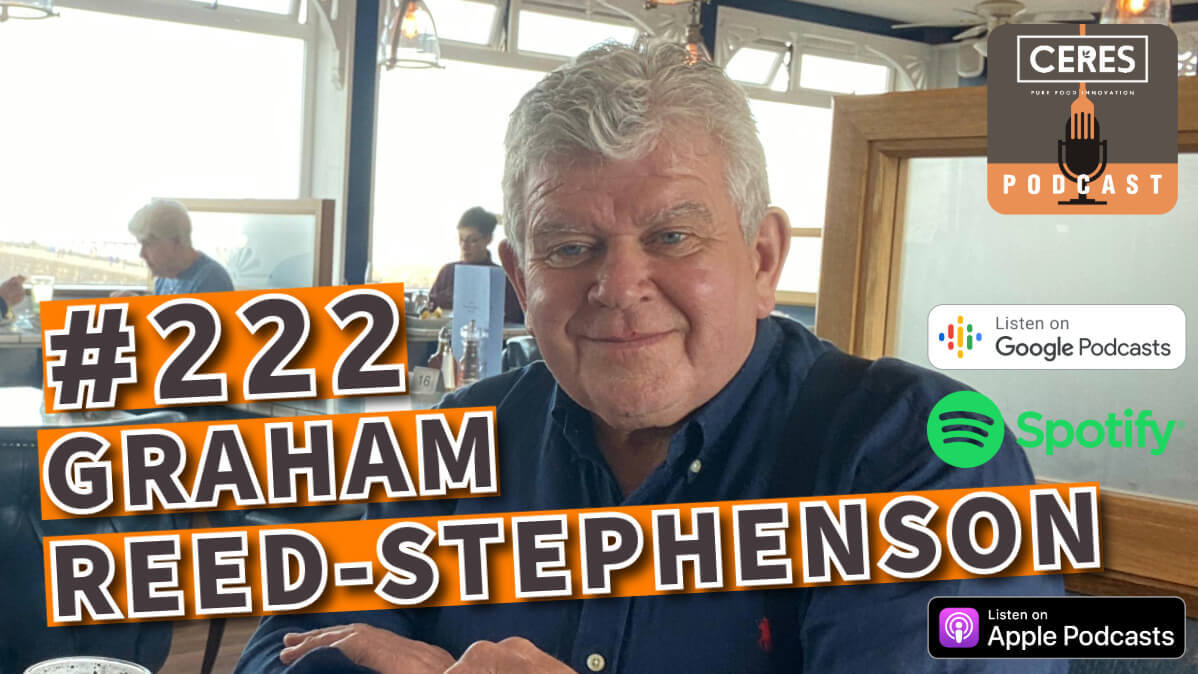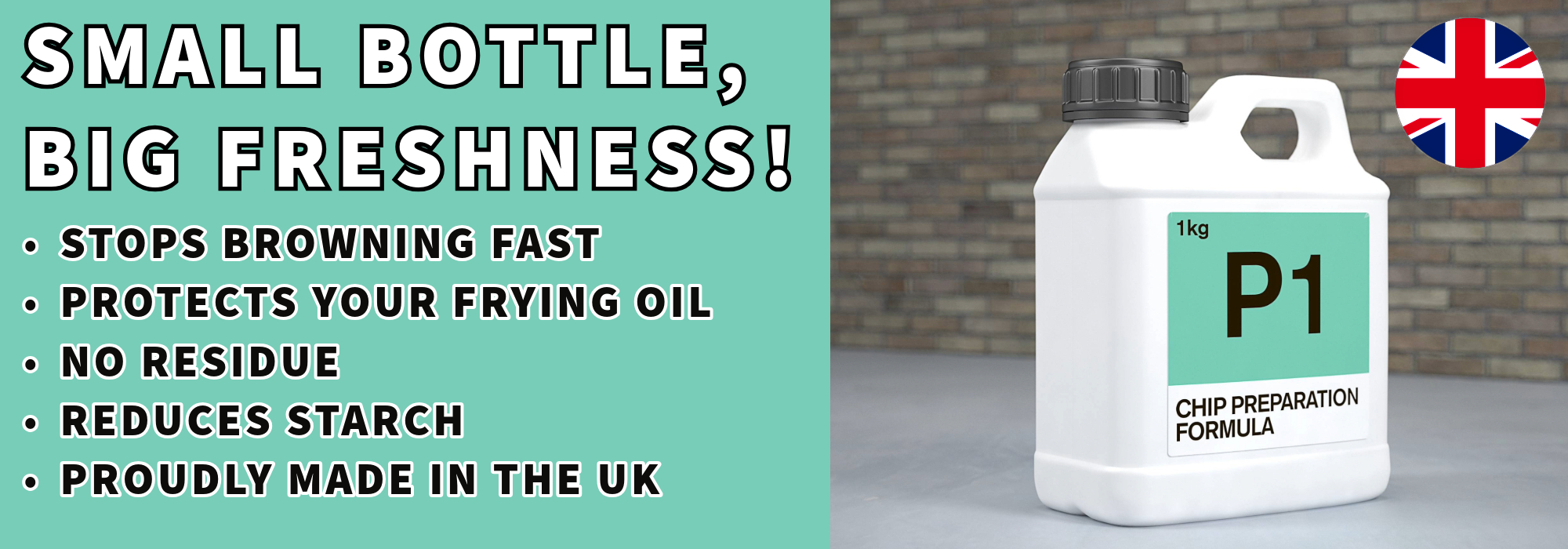Episode 222: Margin, Mistakes & Mastery – A Candid Conversation with Graham Reed-Stephenson
Posted by Emily on 26th Jul 2025 Reading Time:
If you own (or dream of owning) a fish and chip business, Episode 222 of The Ceres Podcast is a goldmine. Host Mark Petrou draws out a lifetime of wins, missteps and sharpened instincts from Graham Reed-Stephenson—a man who has ridden every wave the trade can throw at you and is still paddling out for the next set.
Graham’s origin story begins with a £2,000 leap in the 1960s—parents selling furniture to enter the trade, turning a neglected flat over a Leeds shop into family HQ and, within three years, generating the equivalent of a small fortune and building a modern bungalow. It’s a vivid reminder that scrappiness plus timing can compress growth.
Early expansion to multiple “night shops” brought heavy hours and lifestyle strain, leading the family to sell late-closing sites and consolidate into stronger day-time locations, foreshadowing today’s conversations about sustainable trading patterns.
Graham’s father was among the first in Leeds to switch to frozen-at-sea fish when peers dismissed it; that contrarian adoption illustrates a core theme: controlled trials of new supply innovations can create durable margin advantages while competitors hesitate.
They parlayed shop cashflow into a £10m frozen food and manufacturing venture, built a factory, then saw it collapse through overspend—only to recover by leveraging the reliable cash velocity of a strong fish & chip unit. It’s a powerful caution: aggressive vertical integration amplifies both upside and fragility; retain a resilient core cash engine.
The Hudson Bay concept—drive-through fish & chips with Canadian theming, premium loin cuts, wedges not chips—looked visionary yet misfired (wrong product/market fit in a haddock-dominant locality, labour heaviness from day one).Lesson: innovation must bend to entrenched regional preferences; piloting in a mismatch market compounds burn.
Mark recalls Graham’s White Rose operation standing shoulder-to-shoulder with McDonald’s via corporate-grade branding out front and seasoned craft in the back—proof that traditional product plus modern presentation neutralises “chain” perception disadvantages in high footfall environments.
Fryers and managers with decades of tenure underpin repeatability; Graham stresses spotless range standards, trusting veteran staff, and visiting regularly “to have a chat”—a low-cost retention mechanism that preserves tacit knowledge.
Negotiating extended supplier credit (once up to 90 days) created working capital elasticity to support multi-site ambitions—a reminder that “financial frying” (cash conversion cycle management) is as vital as batter technique.
The sale and subsequent trademark loss of the “Graveley’s” brand forced a creative pivot to “The Fisherman’s Wife.” The oversight (not securing IP early) converted into brand reinvention that now signals premium yet approachable seafood. File your trademarks before scale or disposal events.
Whitby’s evolution: still ~65% classic fish & chips, but augmented with mussels, oysters, lobster and champagne—broadening average spend while keeping a casual dress code. The hybrid model shows how to widen margin mix without alienating core trade customers.
Graham dissects target economics: aiming at 70% GP in takeaway (rarely fully attainable), achieving 70%+ in restaurantwith higher wage ratio, watching a model of ~30% food / ~40% wages / ~30% residual (seeking ~15% net after fixed costs). This disciplined dashboard thinking separates operators from artisans.
Adopting the “light bite” / mini meal concept (after peer benchmarking) and recalibrating calorie claims when analysis proved optimistic underscores iterative honesty: refine offer, verify data, adjust marketing—customers reward credibility.
Open, reciprocal relationships—with other award winners, processors, batter mix producers, equipment suppliers, and industry stalwarts—create a distributed learning network. Graham’s shout-outs reinforce: treat suppliers as strategic partners; knowledge flow reduces trial cost.
Acquiring a Scarborough café delivering hundreds of daily coffees at strong unit economics diversified time-of-day revenue and reduced dependency on volatile protein costs. Lower capex and consistent quality parameters in coffee explain why many hospitality portfolios now include a café format.
He frames everything as “for sale” at the right time while nurturing internal successors (and family involvement) yetremains realistic: passion (horses) and business must both justify resource allocation. Built-in optionality keeps decision quality high and burnout low.
Episode 222 isn’t nostalgia; it’s an operator’s unvarnished ledger of strategic bets—some that compounded, others that crashed—and the frameworks he now uses to evaluate margins, staffing, product mix and expansion risk. If you’re wrestling with ingredient inflation, labour pressure, or brand differentiation, this conversation will shortcut expensive trial and error.






